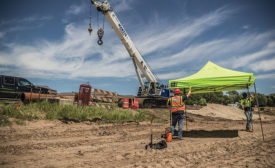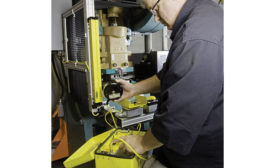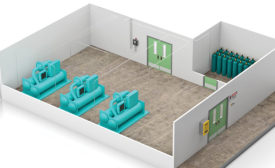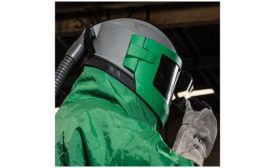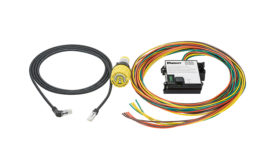Featured on Home Page
Control exposure & hydration to prevent heat-related illnesses
Summer Meltdown
June 1, 2018
4 warnings of welding fume problems
Check health concerns, air quality standards, fume build-up and equipment
June 1, 2018
Control refrigerant gas in HVAC mechanical equipment rooms
Detecting & reducing Toxic Leaks
May 31, 2018
Wear your FR garments for life
Requirements / responsibilities for care & laundering
May 26, 2018
Verifying the absence of voltage
New technology improves how tests are conducted
May 23, 2018
Become a Leader in Safety Culture
Build your knowledge with ISHN, covering key safety, health and industrial hygiene news, products, and trends.
JOIN TODAYCopyright ©2025. All Rights Reserved BNP Media.
Design, CMS, Hosting & Web Development :: ePublishing

